-
 Bitcoin
Bitcoin $117900
0.31% -
 Ethereum
Ethereum $3766
0.28% -
 XRP
XRP $3.176
-0.31% -
 Tether USDt
Tether USDt $1.000
0.00% -
 BNB
BNB $795.6
1.51% -
 Solana
Solana $186.8
-1.09% -
 USDC
USDC $0.9999
-0.01% -
 Dogecoin
Dogecoin $0.2353
-1.33% -
 TRON
TRON $0.3226
1.49% -
 Cardano
Cardano $0.8172
-1.08% -
 Sui
Sui $4.178
3.06% -
 Hyperliquid
Hyperliquid $43.05
-3.39% -
 Stellar
Stellar $0.4367
-0.57% -
 Chainlink
Chainlink $18.62
1.47% -
 Hedera
Hedera $0.2828
6.63% -
 Bitcoin Cash
Bitcoin Cash $584.7
5.65% -
 Avalanche
Avalanche $24.81
2.53% -
 Litecoin
Litecoin $112.8
-0.88% -
 UNUS SED LEO
UNUS SED LEO $8.975
-0.08% -
 Shiba Inu
Shiba Inu $0.00001395
-1.07% -
 Toncoin
Toncoin $3.285
-1.05% -
 Ethena USDe
Ethena USDe $1.001
0.01% -
 Polkadot
Polkadot $4.123
0.76% -
 Uniswap
Uniswap $10.49
-0.18% -
 Monero
Monero $326.5
0.14% -
 Dai
Dai $0.9999
-0.02% -
 Bitget Token
Bitget Token $4.576
0.34% -
 Pepe
Pepe $0.00001247
-1.55% -
 Cronos
Cronos $0.1400
3.77% -
 Aave
Aave $295.1
-0.73%
How to buy Bitcoin with the lowest handling fee? A guide for novices to make money is here
To buy Bitcoin with the lowest fees, choose exchanges like Binance or Kraken, use bank transfers, and place limit orders to minimize costs and maximize returns.
Jun 08, 2025 at 11:35 pm
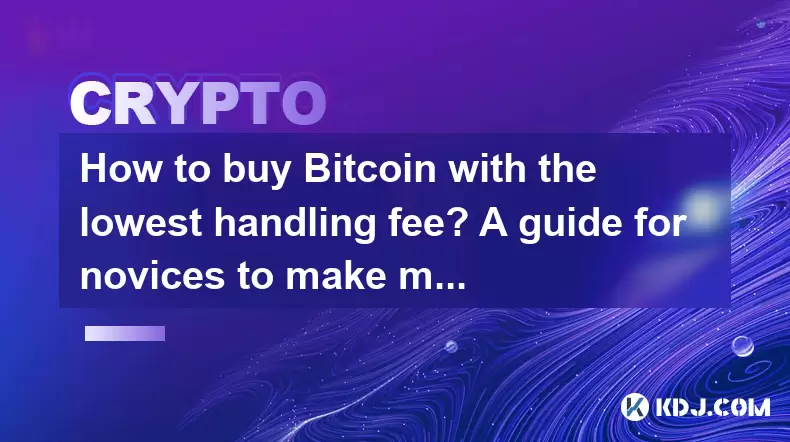
How to Buy Bitcoin with the Lowest Handling Fee? A Guide for Novices to Make Money is Here
Buying Bitcoin can be an exciting venture, especially for novices looking to dip their toes into the world of cryptocurrencies. However, one of the most crucial aspects to consider is the handling fee associated with purchasing Bitcoin. Lower fees can significantly impact your overall investment and profitability. In this guide, we will walk you through the steps to buy Bitcoin with the lowest handling fees, ensuring you maximize your returns.
Understanding Handling Fees in Cryptocurrency Transactions
Before diving into the specifics of buying Bitcoin, it's important to understand what handling fees are. Handling fees, often referred to as transaction fees, are charges imposed by cryptocurrency exchanges or platforms for facilitating the buying and selling of cryptocurrencies. These fees can vary widely depending on the platform and the method of payment you choose. Typically, fees are calculated as a percentage of the transaction amount or a flat rate.
Choosing the Right Cryptocurrency Exchange
The first step in buying Bitcoin with the lowest handling fees is selecting the right cryptocurrency exchange. Different exchanges offer varying fee structures, and some are more cost-effective than others. Here are a few exchanges known for their competitive fees:
- Binance: Known for its low trading fees, Binance charges 0.1% per trade for most users, with the potential to reduce this fee to 0.02% if you use their native BNB token.
- Kraken: Kraken offers competitive fees, starting at 0.16% for makers and 0.26% for takers, with discounts available for higher volume traders.
- Coinbase Pro: Coinbase Pro has a maker fee of 0.50% and a taker fee of 0.04%, which can be reduced through higher trading volumes.
When choosing an exchange, consider not only the fees but also the platform's reputation, user interface, and available payment methods.
Payment Methods and Their Impact on Fees
The method you use to buy Bitcoin can significantly affect the handling fees you pay. Different payment methods, such as bank transfers, credit cards, and PayPal, come with varying fee structures. Here's a breakdown of common payment methods and their associated fees:
- Bank Transfer: Often the cheapest option, bank transfers typically have the lowest fees, ranging from 0% to 1.5%. However, they can take longer to process.
- Credit/Debit Card: Using a credit or debit card is convenient but comes with higher fees, usually between 3% to 5%. These fees are charged by both the exchange and the card issuer.
- PayPal: PayPal transactions can be quick, but they come with fees of around 2.9% to 3.9%, depending on the platform.
To minimize fees, consider using a bank transfer whenever possible. If you need faster access to your Bitcoin, weigh the convenience against the higher fees associated with credit cards or PayPal.
Trading Fees vs. Deposit and Withdrawal Fees
When buying Bitcoin, it's essential to distinguish between trading fees and deposit/withdrawal fees. Trading fees are charged when you buy or sell Bitcoin on an exchange, while deposit and withdrawal fees are incurred when you move funds to and from your exchange account. Here's how to manage these fees effectively:
- Trading Fees: As mentioned earlier, trading fees vary by exchange. To minimize these, choose an exchange with low fees and consider using their native tokens for further discounts.
- Deposit Fees: Some exchanges charge fees for depositing funds, especially when using credit cards or PayPal. Opt for bank transfers to avoid these additional costs.
- Withdrawal Fees: Withdrawal fees can be significant, especially for smaller transactions. To reduce these, withdraw larger amounts less frequently.
By understanding and managing both types of fees, you can keep your overall costs down.
Strategies to Minimize Handling Fees
Beyond choosing the right exchange and payment method, there are several strategies you can employ to further minimize handling fees:
- Use Limit Orders: Instead of using market orders, which can incur higher fees, use limit orders. Limit orders allow you to set a specific price at which you want to buy Bitcoin, potentially saving on fees.
- Trade During Low Volume Periods: Some exchanges offer lower fees during off-peak trading hours. Trading when volume is low can help you secure better rates.
- Join a Trading Group: Some exchanges offer fee discounts for users who join trading groups or use referral codes. Take advantage of these opportunities to reduce your costs.
Implementing these strategies can help you buy Bitcoin with the lowest possible handling fees, maximizing your investment returns.
Step-by-Step Guide to Buying Bitcoin with Low Fees
Now that we've covered the essential aspects of handling fees, let's walk through a step-by-step guide on how to buy Bitcoin with the lowest fees:
- Choose a Low-Fee Exchange: Select an exchange like Binance, Kraken, or Coinbase Pro, known for their competitive fee structures.
- Sign Up and Verify Your Account: Register on the chosen exchange and complete the necessary identity verification steps. This may take a few days, so be patient.
- Deposit Funds Using a Bank Transfer: Navigate to the deposit section of the exchange and choose a bank transfer as your payment method. Follow the instructions to transfer funds from your bank account to the exchange.
- Place a Limit Order: Once your funds are available, go to the trading section and place a limit order to buy Bitcoin at your desired price. This can help you avoid the higher fees associated with market orders.
- Monitor and Adjust Your Order: Keep an eye on the market and adjust your limit order if necessary. Once your order is filled, you will own Bitcoin with minimal handling fees.
- Withdraw Bitcoin to a Personal Wallet: To further reduce fees, consider withdrawing your Bitcoin to a personal wallet. Choose a time when withdrawal fees are low and transfer your Bitcoin securely.
By following these steps, you can effectively buy Bitcoin while keeping handling fees to a minimum.
Frequently Asked Questions
Q: Can I use a different cryptocurrency to buy Bitcoin with lower fees?
A: Yes, using another cryptocurrency to buy Bitcoin can sometimes result in lower fees. For example, if you already own Ethereum, you can trade it for Bitcoin on an exchange like Binance, which offers very low trading fees for cryptocurrency-to-cryptocurrency transactions.
Q: Are there any decentralized exchanges that offer lower fees for buying Bitcoin?
A: Decentralized exchanges (DEXs) like Uniswap or SushiSwap can offer lower fees compared to centralized exchanges. However, they may have different fee structures and liquidity issues, so it's essential to research and compare before using them.
Q: How often should I withdraw my Bitcoin to minimize withdrawal fees?
A: To minimize withdrawal fees, it's best to withdraw larger amounts less frequently. For example, instead of withdrawing small amounts weekly, consider withdrawing a larger sum once a month. This approach can significantly reduce the per-transaction fees.
Q: Do all exchanges offer fee discounts for using their native tokens?
A: Not all exchanges offer fee discounts for using their native tokens, but many do. For instance, Binance offers a discount when you use BNB to pay for trading fees. Always check the specific fee structure of the exchange you're using to see if such discounts are available.
Disclaimer:info@kdj.com
The information provided is not trading advice. kdj.com does not assume any responsibility for any investments made based on the information provided in this article. Cryptocurrencies are highly volatile and it is highly recommended that you invest with caution after thorough research!
If you believe that the content used on this website infringes your copyright, please contact us immediately (info@kdj.com) and we will delete it promptly.
- Ruvi AI: The Next Solana? Riding the AI Token Wave on CoinMarketCap
- 2025-07-28 00:50:16
- BlockDAG, Crypto Coin, XRP, ADA, and SUI: Navigating the 2025 Crypto Landscape
- 2025-07-28 00:30:16
- Riding the Bulls: ROI Tokens and the 2025 Momentum
- 2025-07-28 00:55:14
- Coinbase Wallet: Security, Reviews, and What's the Hype?
- 2025-07-28 00:30:16
- Crypto ETFs and Altcoins: Navigating the Wild West with Meme Coins and Tokenized Assets
- 2025-07-27 23:04:06
- Pi Coin in 2026: Will It Be Worth the Wait?
- 2025-07-27 23:10:12
Related knowledge
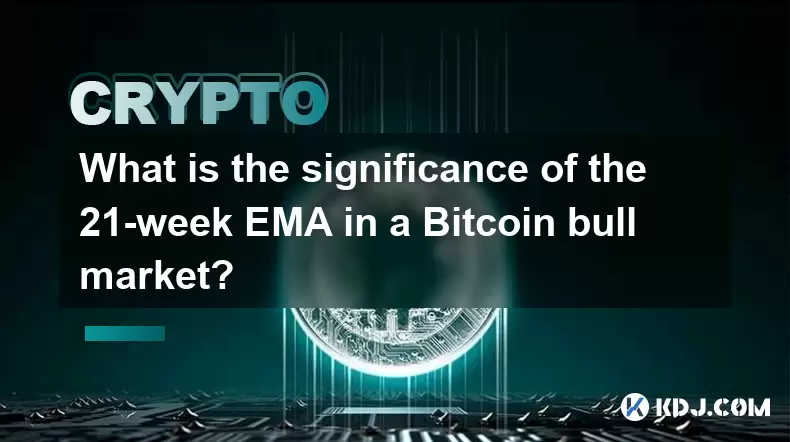
What is the significance of the 21-week EMA in a Bitcoin bull market?
Jul 10,2025 at 06:56pm
Understanding the 21-Week EMA in Cryptocurrency AnalysisThe 21-week Exponential Moving Average (EMA) is a technical indicator widely used by traders a...
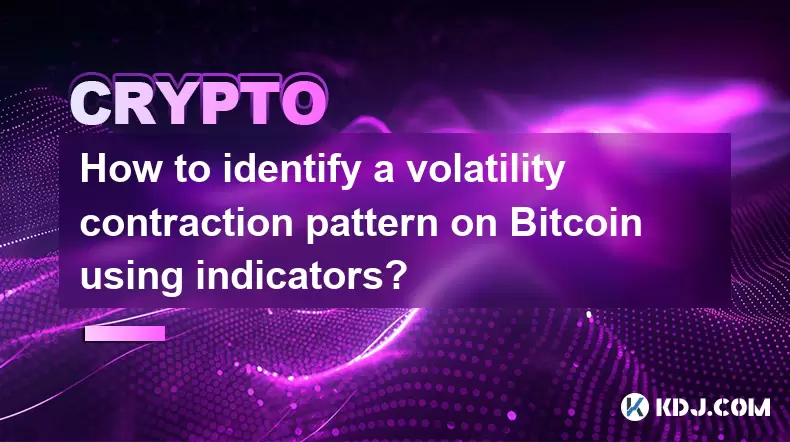
How to identify a volatility contraction pattern on Bitcoin using indicators?
Jul 07,2025 at 07:28am
What is a Volatility Contraction Pattern in Bitcoin Trading?A volatility contraction pattern refers to a phase where the price movement of an asset, s...
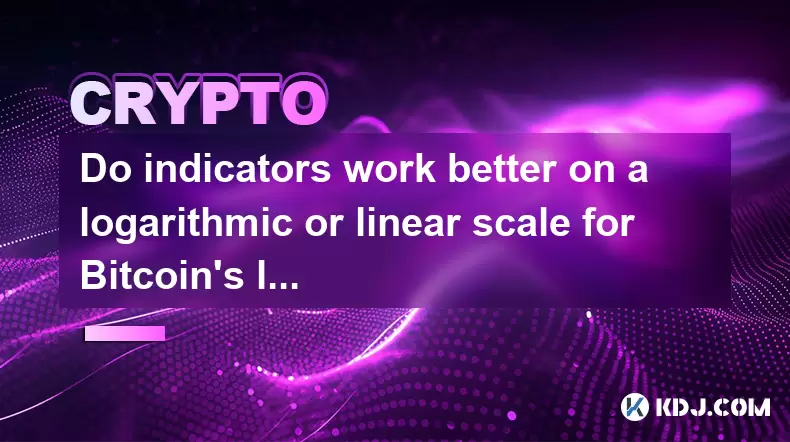
Do indicators work better on a logarithmic or linear scale for Bitcoin's long-term chart?
Jul 08,2025 at 01:42pm
Understanding Chart Scales in Cryptocurrency TradingIn cryptocurrency trading, particularly for analyzing Bitcoin's long-term trends, chart scales pla...

What is the Woodies CCI indicator and can it be used for Bitcoin?
Jul 04,2025 at 05:14pm
Understanding the Woodies CCI IndicatorThe Woodies CCI indicator is a variation of the traditional Commodity Channel Index (CCI), which was originally...
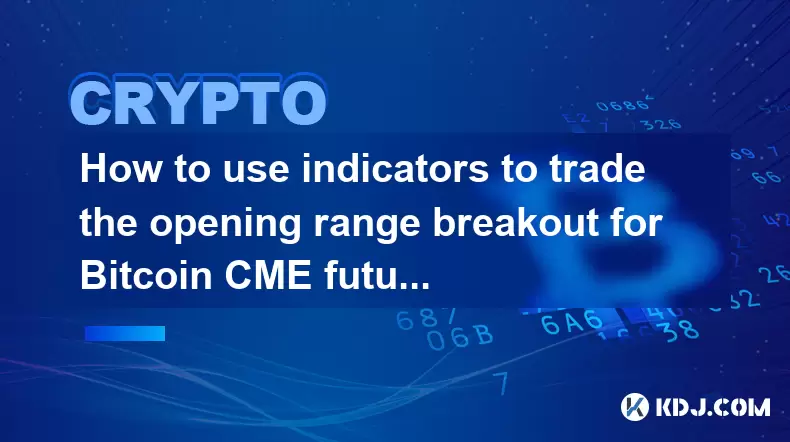
How to use indicators to trade the opening range breakout for Bitcoin CME futures?
Jul 05,2025 at 07:35pm
What Is the Opening Range Breakout Strategy?The opening range breakout (ORB) strategy is a popular trading technique used in both traditional markets ...
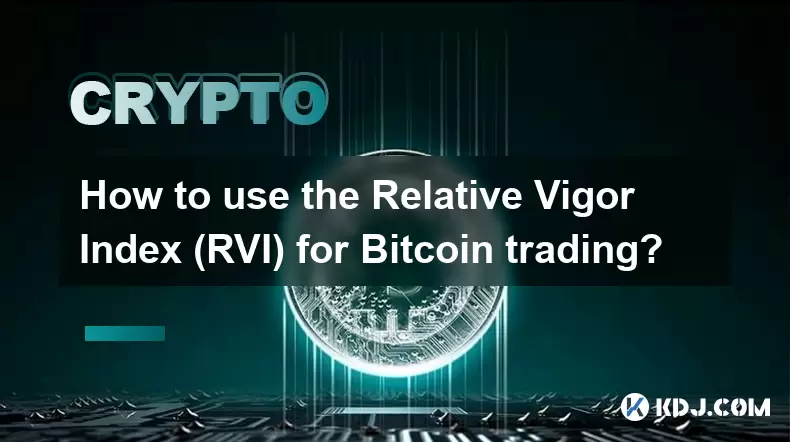
How to use the Relative Vigor Index (RVI) for Bitcoin trading?
Jul 07,2025 at 02:00pm
Understanding the Relative Vigor Index (RVI)The Relative Vigor Index (RVI) is a technical analysis tool used to assess the strength of price movements...

What is the significance of the 21-week EMA in a Bitcoin bull market?
Jul 10,2025 at 06:56pm
Understanding the 21-Week EMA in Cryptocurrency AnalysisThe 21-week Exponential Moving Average (EMA) is a technical indicator widely used by traders a...

How to identify a volatility contraction pattern on Bitcoin using indicators?
Jul 07,2025 at 07:28am
What is a Volatility Contraction Pattern in Bitcoin Trading?A volatility contraction pattern refers to a phase where the price movement of an asset, s...

Do indicators work better on a logarithmic or linear scale for Bitcoin's long-term chart?
Jul 08,2025 at 01:42pm
Understanding Chart Scales in Cryptocurrency TradingIn cryptocurrency trading, particularly for analyzing Bitcoin's long-term trends, chart scales pla...

What is the Woodies CCI indicator and can it be used for Bitcoin?
Jul 04,2025 at 05:14pm
Understanding the Woodies CCI IndicatorThe Woodies CCI indicator is a variation of the traditional Commodity Channel Index (CCI), which was originally...

How to use indicators to trade the opening range breakout for Bitcoin CME futures?
Jul 05,2025 at 07:35pm
What Is the Opening Range Breakout Strategy?The opening range breakout (ORB) strategy is a popular trading technique used in both traditional markets ...

How to use the Relative Vigor Index (RVI) for Bitcoin trading?
Jul 07,2025 at 02:00pm
Understanding the Relative Vigor Index (RVI)The Relative Vigor Index (RVI) is a technical analysis tool used to assess the strength of price movements...
See all articles

























































































